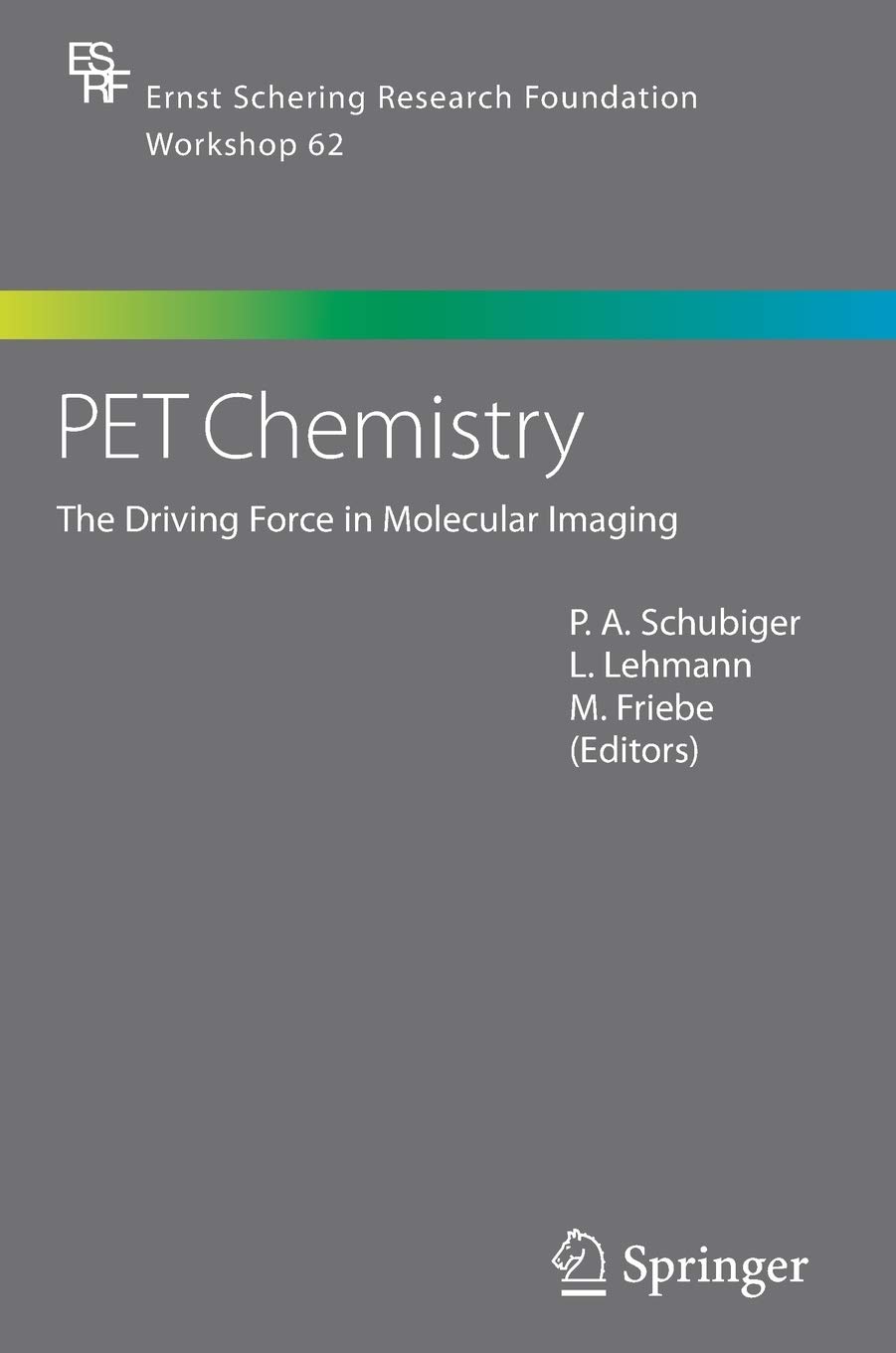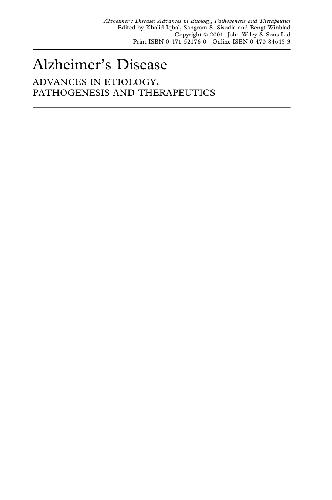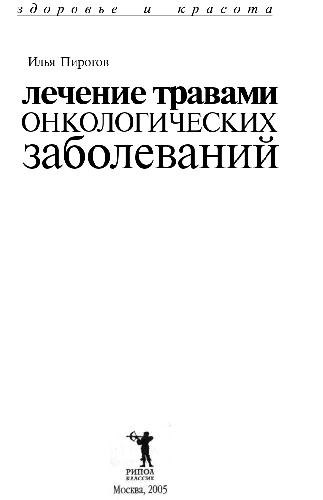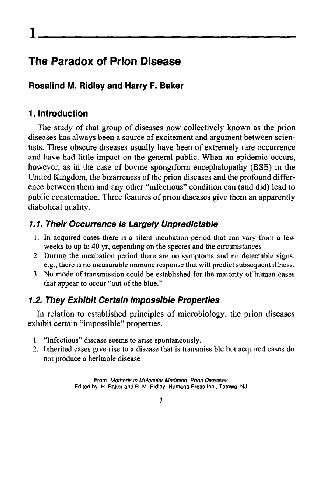P.A. Schubiger (editor), L. Lehmann (editor), M. Friebe (editor)9783540326236
PET Chemistry: The Driving Force in Molecular Imaging
Free Download
Authors: P.A. Schubiger (editor), L. Lehmann (editor), M. Friebe (editor)
Edition: 2007
Series: Ernst Schering Foundation Symposium Proceedings 62
ISBN: 9783540326236
Size: 23 MB (24041501 bytes)
Pages: 357/17
File format: pdf
Language: English
Publishing Year: 2006
Direct Download: Coming soon..
Download link:
Category: Medicine , Diseases: Internal MedicineSign in to view hidden content.
Be the first to review “PET Chemistry: The Driving Force in Molecular Imaging” Cancel reply
You must be logged in to post a review.
Related products
- Medicine , Diseases: Internal Medicine
Детские болезни с уходом за детьми и анатомо-физиологическими особенностями детского возраста
Free Download - Medicine , Diseases: Internal Medicine
Alzheimer’s Disease: Advances in Etiology, Pathogenesis and Therapeutics
Free Download - Medicine , Diseases: Internal Medicine
Feed Your Genes Right: Eat to Turn Off Disease-Causing Genes and Slow Down Aging
Free Download







Reviews
There are no reviews yet.